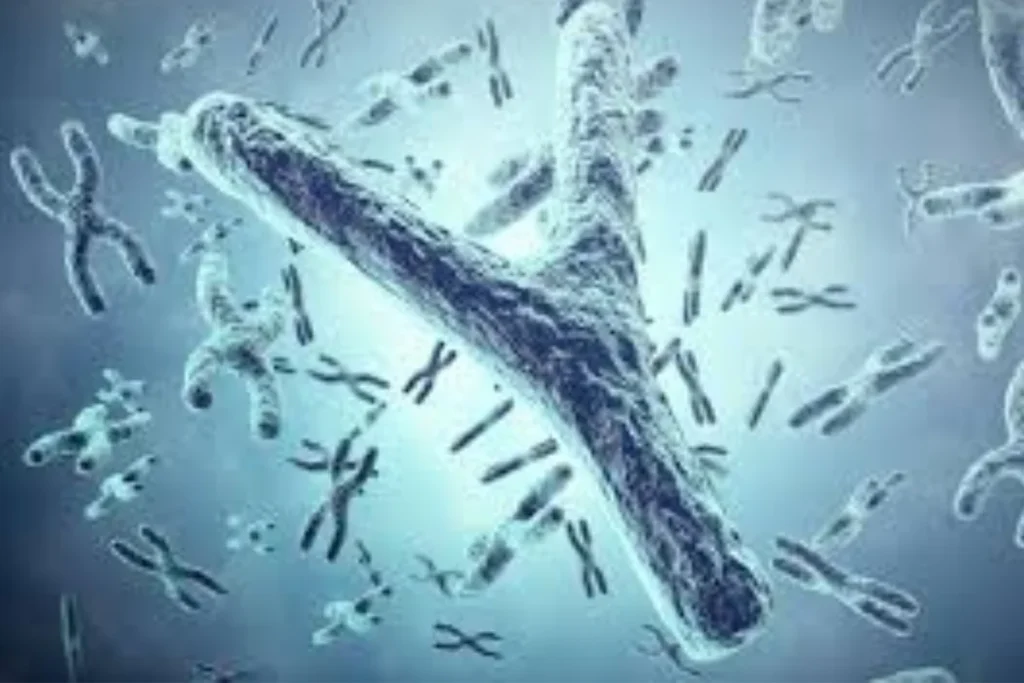
The Shrinking Y Chromosome: A Threat to Human Reproduction?
Scientists are increasingly concerned about the potential disappearance of the Y chromosome. Unlike certain animals that can reproduce without males, humans rely on both sperm and men for reproduction. The loss of the Y chromosome could pose a significant threat to human survival.
Is the Y Chromosome Shrinking?
Research has confirmed that the Y chromosome, crucial for determining sex in humans, is gradually shrinking. This reduction in size is due to genetic decay, leading to the loss of genes not essential for survival. If this trend continues, the Y chromosome could eventually disappear. However, a 2022 study on the Sry-deficient Amami spiny rat offers some hope. It suggests that humans might evolve a new male-determining gene, potentially ensuring survival despite the decline of the Y chromosome.
The Role of the Y Chromosome
The Y chromosome plays a vital role in human biology, particularly in determining male sex and the development of male-specific traits. It carries the SRY gene, which triggers the formation of testes and the production of male hormones, setting males apart from females who have two X chromosomes. The Y chromosome is unique because it is passed almost unchanged from father to son. This allows scientists to trace paternal lineage across generations, making it a valuable tool for studying human ancestry and evolution. Beyond sex determination, the Y chromosome also affects male fertility, with certain genetic conditions linked to it impacting a man’s ability to father children.
Theories on the Decline of the Y Chromosome
Recent studies reveal that the Y chromosome is shrinking, sparking concerns about the future of human reproduction. If the Y chromosome were to disappear, it could lead to a world where only female offspring are born. Some animals, like spiny rats, have already developed new genes to determine male sex, suggesting that humans might follow a similar evolutionary path. Genetics expert Professor Jenny Graves notes that the Y chromosome’s shrinkage isn’t new. In some species, like the platypus, the X and Y chromosomes resemble regular chromosomes. Over the past 166 million years, the Y chromosome has lost more than 900 genes and might vanish entirely in about 11 million years. While new sex-determining systems could emerge, this process might create different sex-determining systems across various regions, potentially leading to the evolution of separate human species.
also read: Four Arrested After Viral Video Shows Harassment of Women in Uttarakhand
The Future of the Y Chromosome and Human Survival
The potential disappearance of the Y chromosome has led to concerns about the future of humanity. Unlike some lizards and snakes that reproduce through parthenogenesis, humans and other mammals need both sperm and men for reproduction. If the Y chromosome disappears, human survival could be at risk. However, a new system of sex determination might evolve, possibly preventing this issue. This could lead to the development of different sex-determining methods in various regions, potentially resulting in multiple new human species. In 11 million years, Earth might host several distinct human species, each with its unique way of determining sex. Although the future of the Y chromosome is uncertain, the adaptability seen in other animals suggests that evolution might offer a solution.
The shrinking Y chromosome presents significant challenges, but ongoing research and the adaptability of life suggest that humans may find a way to overcome these hurdles. The future of human reproduction may depend on how evolution responds to this genetic decay.







